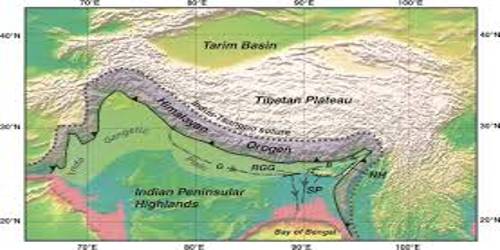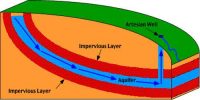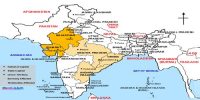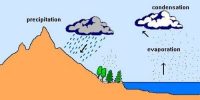Himalayan Drainage System
Indian drainage system consists of a large number of small and big rivers. It is the outcome of the evolutionary process of the three major physiographic units and the nature and characteristics of precipitation.
The Himalayan Drainage
The flow of water through well-defined channels is known as drainage and the network of such channels is known as a drainage system. The Himalayan drainage system has evolved through a long geological history. It mainly includes the Ganga, the Indus, and the Brahmaputra river basins. Since these are fed both by melting of snow and precipitation, rivers of this system are perennial. These rivers pass through the giant gorges carved out by the erosion activity carried on simultaneously with the uplift of the Himalayas. Besides deep gorges, these rivers also form V-shaped valleys, rapids, and waterfalls in their mountainous course.
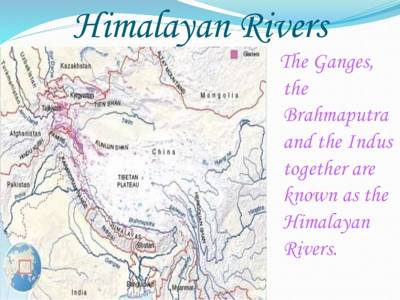
While entering the plains, they form depositional features like flat valleys, ox-bow lakes, floodplains, braided channels, and deltas near the river mouth. In the Himalayan reaches, the course of these rivers is highly tortous, but over the plains, they display a strong meandering tendency and shift their courses frequently. River Kosi, also known as the ‘sorrow of Bihar’, has been notorious for frequently changing its course. The Kosi brings a huge quantity of sediments from its upper reaches and deposits it in the plains. The course gets blocked, and consequently, the river changes its course.
